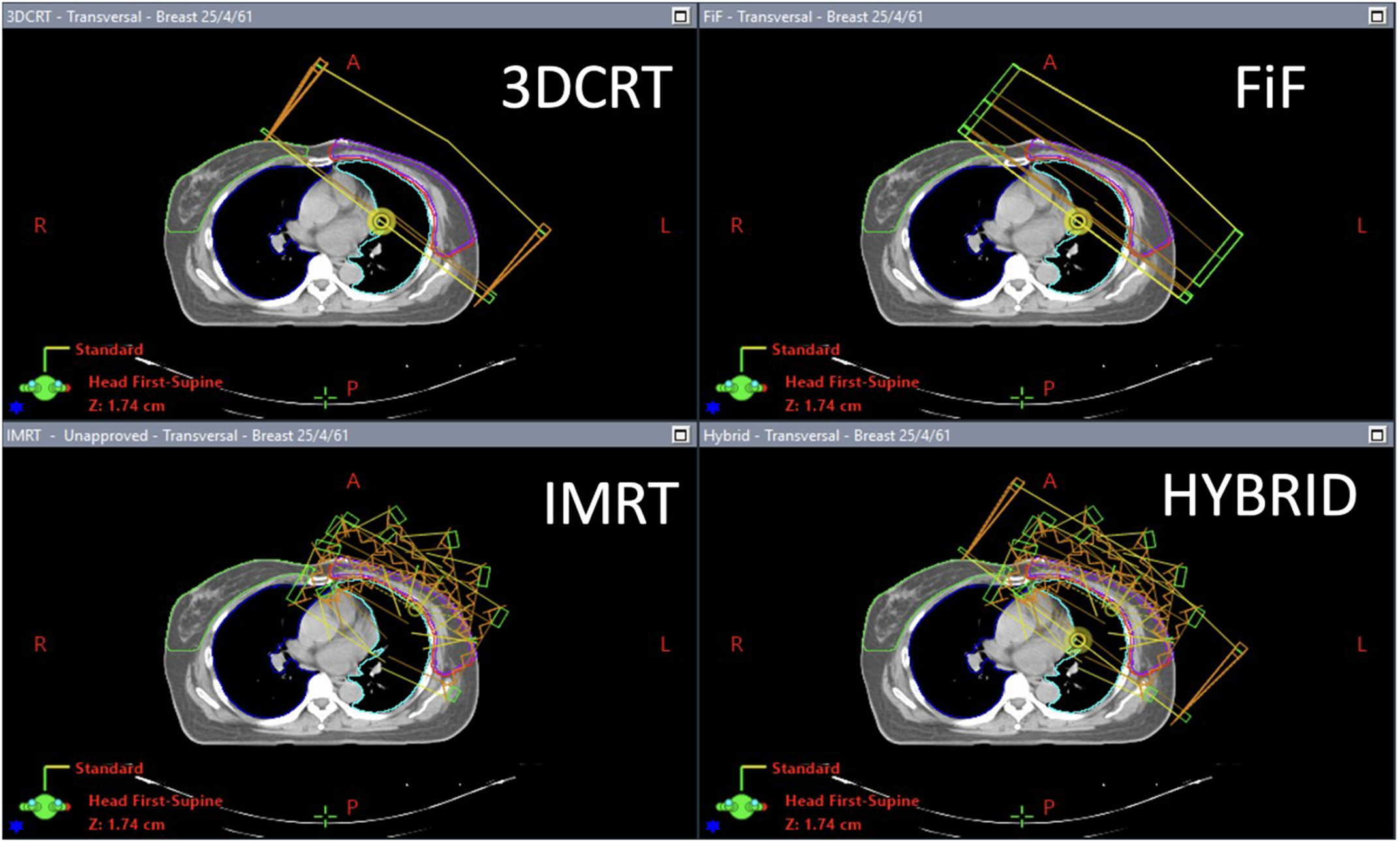Intensity Modulated Radiation Therapy (IMRT)
We can give cancers almost anywhere in the body greater radiation doses thanks to IMRT.
IMRT enhances dosage distributions while addressing 3DCRT’s drawbacks.
• IMRT modulates the number of fields as well as intensity within each field, ensuring greater control in delivering dose to the tumor while minimizing dose to normal structures.
• IMRT is a computer-generated plan that uses multiple small fields called beamlets to generate complex field shapes to avoid critical normal structures.
• The reduction in toxicity also contributes to an enhanced quality of life;
• IMRT aids in dosage escalation to the tumor, raising the prospect of a better treatment result.

The optimal dose intensity pattern for the patient’s tumor shape is determined by using computerized dose estimates and 3-D computed tomography (CT) scans to arrange the course of treatment. Usually, a custom-tailored radiation dosage is produced by combining several intensity-modulated fields originating from distinct beam directions. This increases the dose to the tumor while limiting the damage to nearby normal tissues.
When compared to traditional radiotherapy procedures, the IMRT methodology safely delivers greater and more effective radiation doses to tumors with fewer side effects since it minimizes the ratio of normal tissue dosage to tumor dose. Even in the absence of dosage increases, IMRT may also lessen treatment toxicity. Compared to traditional radiation, IMRT applies a modest dosage to greater quantities of normal tissue.

Right now, cancer is the condition for which IMRT is most often employed. tumors of all kinds, including those of the central nervous system, head and neck region, and prostate. In rare instances, IMRT has also been utilized to treat sarcomas of certain kinds, gastrointestinal and gynecologic malignancies, thyroid, and lung cancers. IMRT could be helpful in the treatment of pediatric cancers.
Radiation treatment, such as IMRT, slows or prevents the development of tumors by preventing cancer cells from proliferating and dividing. Radiation treatment often reduces or completely eradicates tumors by destroying every cancer cell.

IMRT is not the same as traditional radiation treatment in a few ways:
uses strong, sophisticated algorithms to precisely design a radiation dosage according to the location, size, and form of the tumor.
delivers radiation in precisely the right amounts to fit the precise 3D geometric shape of the tumor, even if it has complicated or concave forms.
For laser precision, modifies the radiation beams’ strength across the treatment region as necessary.
